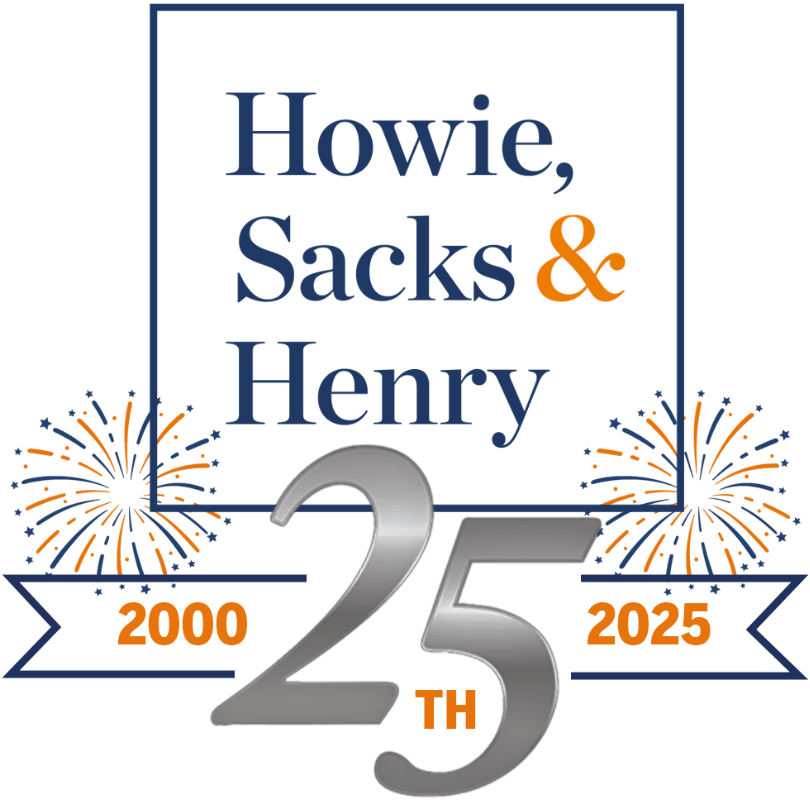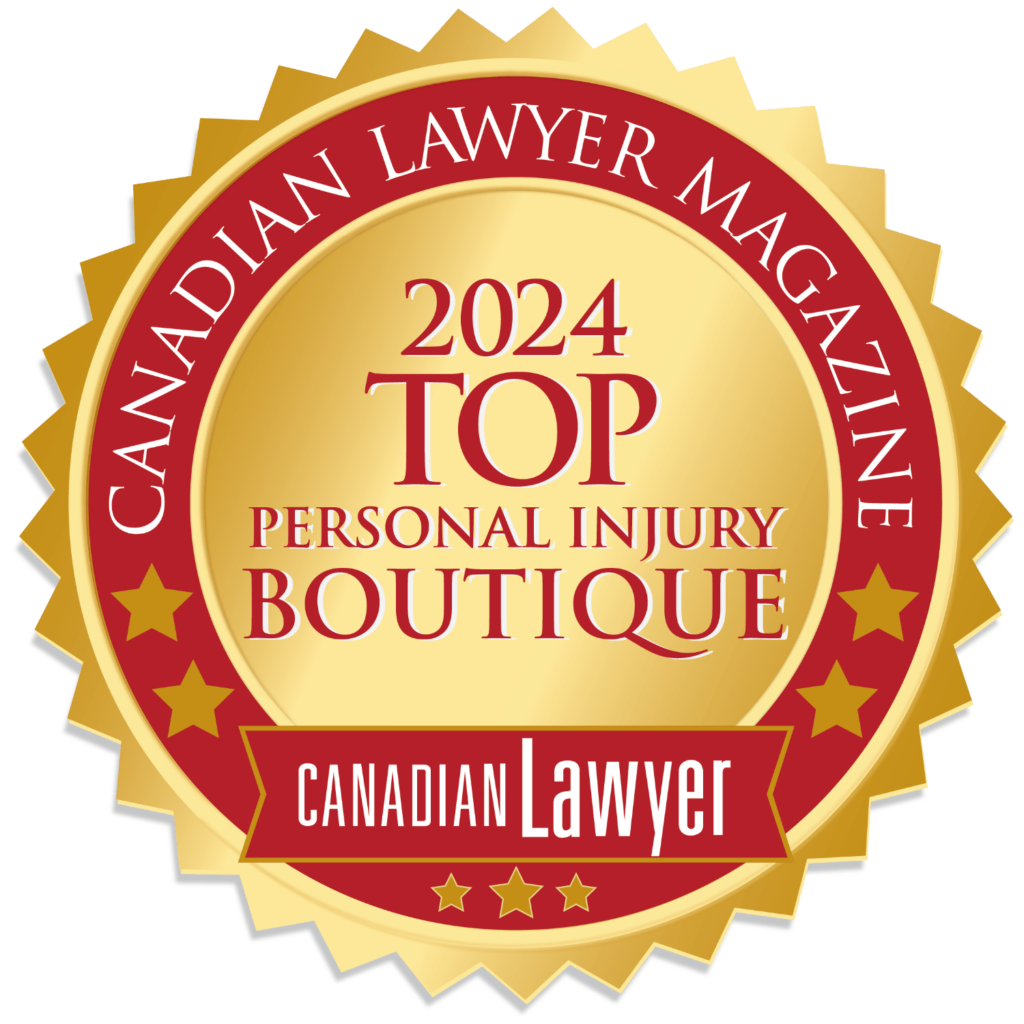Taxis and rideshare companies such as Uber and Lyft play an important role in our transportation networks. If a personal vehicle or public transit are not viable options, private drivers are often available for both short and long-haul trips.
But what if you’re seriously injured in an accident involving a taxi cab or rideshare vehicle? Is there any difference in how you would access accident benefits or make a claim for compensation compared to other types of motor vehicle accidents?
Understanding and determining liability in a motor vehicle accident involving taxi and rideshare drivers can be critical when identifying sources of insurance available to compensate an injured person. At Howie, Sacks & Henry LLP, our team of experienced and reputable taxi and rideshare lawyers understand the legal complexities involved. We are well-prepared to advocate on behalf of our clients to access the money they need and deserve for what happened to them.
Taxis, rideshares, and road safety
Anyone using public roadways is at risk of being involved in an accident. Fortunately, Ontario’s rate of serious injuries and fatalities has been declining in recent decades. In part, this decline has been due to successful campaigns against drinking and driving, and also the increase of vehicles with newer safety features (including lane departure, crash avoidance technology, and onboard cameras and sensors).
Research indicates that the presence of rideshares in a community may have a moderate but notable effect on reducing alcohol-related accidents due to the ease and convenience of arranging a ride. Rules among major rideshare companies (and some municipalities) which restrict the age of participating vehicles also mean that these drivers are more likely to be using vehicles with more recent standard safety features. Moreover, some rideshare apps and navigational tools used by taxi drivers plan routes that minimize higher-risk left-hand turns or alert them to hazards on the road. Additionally, some commercial insurance policies require video telematics to further promote safe driving in exchange for reduced premiums.
However, ride-hailing services may also increase the risk of accidents in other ways because:
- they are associated with greater volumes of vehicular traffic generally
- drivers spend up to half of their time on the road without passengers on board and generally travel far greater distances and spend far more hours on the road than other drivers
- drivers attempting to pick up a fare may make unsafe lane changes, U-turns, or cut too close to the curb
- “surge-pricing” or the promise of bigger tips to cut the length of a ride can encourage drivers to take more dangerous routes or ignore certain rules of the road
- unruly passengers may distract drivers
While taxi drivers have been found to be involved in fewer accidents than other drivers, some studies suggest that one-third of rideshare drivers have been involved in an accident while on duty.
What to do after a taxi or Uber accident
In any motor vehicle accident, your own safety and well-being should be your greatest concern. If the accident occurs in a place where you may suffer injuries from a secondary accident, you should attempt to move to a safer space if possible.
Assist other people only if you are able and it is safe to do so, and avoid moving anyone who may have suffered a severe head, neck or spinal injury to reduce the risk of causing additional damage.
If you or a loved one is able, you should:
- ensure first responders are notified
- examine yourself for visible injuries
- take photos or video of visible injuries and the scene of the accident if safe to do so
- write down or take voice notes of what you remember about what happened
- collect insurance information and contact details of other people involved in the accident and/or witnesses
- never admit fault, apologise, or discuss what happened with others at the scene and only provide factual information to the police or first responders
- agree to be examined by medical personnel at the scene or at a nearby hospital or doctor’s office as soon as possible even if you do not yet feel the effects of an injury (you may still be in shock)
- contact a personal injury lawyer who is experienced in taxi or rideshare accidents to learn about your rights and options
- contact your insurer, the insurer of another driver, or Ontario’s Motor Vehicle Accident Claims Fund if no driver with insurance can be identified. You can begin to fill out accident benefits forms even before contacting the insurer, but you must notify a Statutory Accident Benefits Schedule (SABS) insurer of your intent to claim benefits within seven (7) days of the accident unless it’s not reasonably possible.
- if you were a rideshare driver or passenger during the accident, notify the company through the application or as stipulated by the terms of the provider
What types of compensation are available for taxi and rideshare accidents?
Any person who is injured in a motor vehicle accident in Ontario is eligible to make a claim under the province’s no-fault accident benefits program. Based on the severity and duration of your injuries, SABS provides funds to assist with medical and rehabilitation expenses, attendant care, lost income, and household maintenance, among other benefits.
Injuries are categorized into one of three categories. Minor injuries tend to be soft tissue injuries such as sprains, strains, cuts, bruising, abrasions, Whiplash-associated disorders, and partial dislocations or subluxations. However, pre-existing conditions which affect recovery time or a patient’s unique circumstances may prompt medical practitioners to prepare a treatment plan outside of the minor injury guidelines.
More serious injuries that result in long-term or permanent disability, would be deemed to be either “non-catastrophic” or “catastrophic.” There is a significant difference in the funds available to people who meet the threshold for a “catastrophic impairment” designation. A knowledgeable and experienced personal injury lawyer can help determine, with the aid of medical experts, if your individual prognosis warrants this designation.
If you were not at fault for the accident, or only partially at fault, you may also pursue a tort claim for damages. If your SABS benefits will likely be exhausted before your need for them ends, the funds secured in this type of lawsuit are often critically important in ensuring you have sufficient resources to aid in your recovery.
Motor vehicle accident (MVA) tort claims frequently name the at-fault driver(s) as defendant(s). Ontario taxi drivers must carry commercial insurance policies, and some rideshare companies such as Uber and Lyft have made commercial auto insurance plans available to drivers who use their applications. Depending on the circumstances in the accident, it may be possible to show that a taxi cab company or rideshare company also has vicarious liability.
Hope Starts Here
Sustaining a serious injury in a taxi or rideshare accident can be life-changing. Whether you face a long and challenging recovery or acquire a permanent disability, the road ahead may appear worryingly uncertain.
You should know that you are not alone. With the HSH LLP team on your side and by your side, you’ll soon see why we say Hope Starts Here. Howie, Sacks & Henry’s taxi and rideshare accident lawyers have helped many people just like you as they access benefits and make claims for compensation.
Consistently ranked as one of Canada’s top personal injury firms, we have built a reputation in our field for high quality legal advocacy that gets results for our clients. With an HSH lawyer, you can not only be certain of effective legal representation, but also empathetic, compassionate and attentive service to you and your loved ones. We take time to get to know you as a person, and use this knowledge to ensure we are always working with your best interests in mind.
Contact us today for a free, no obligation initial consultation and tell us your story. We’ll provide trusted legal advice about your rights and options and help in any way we can.






